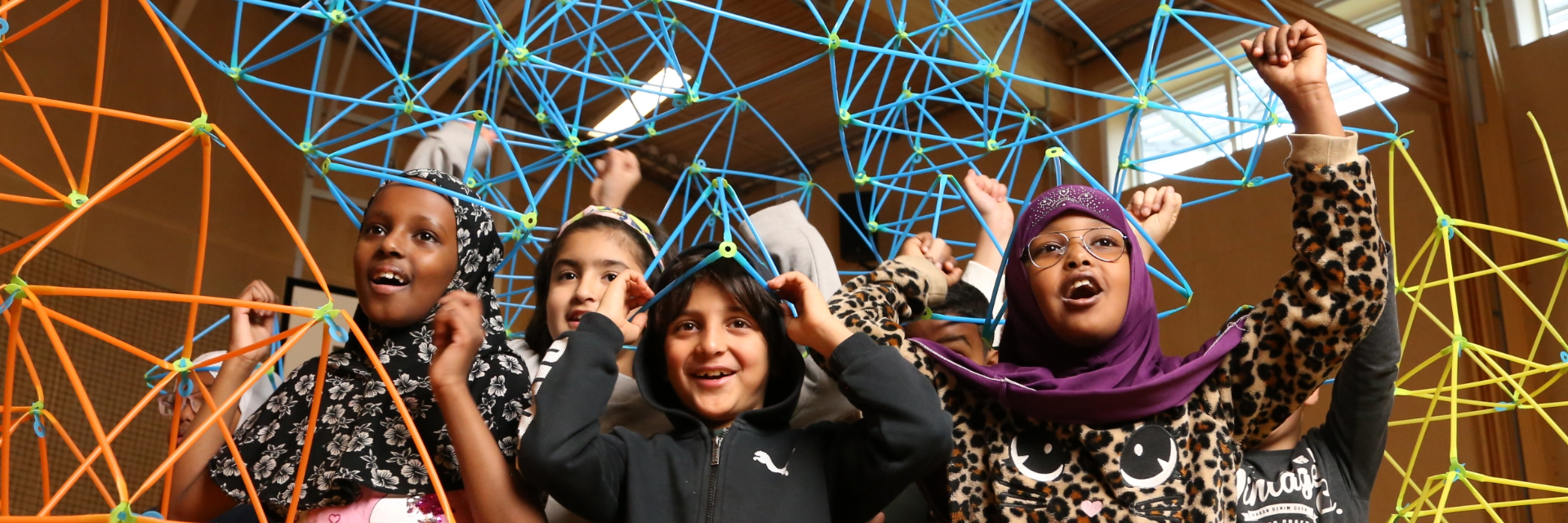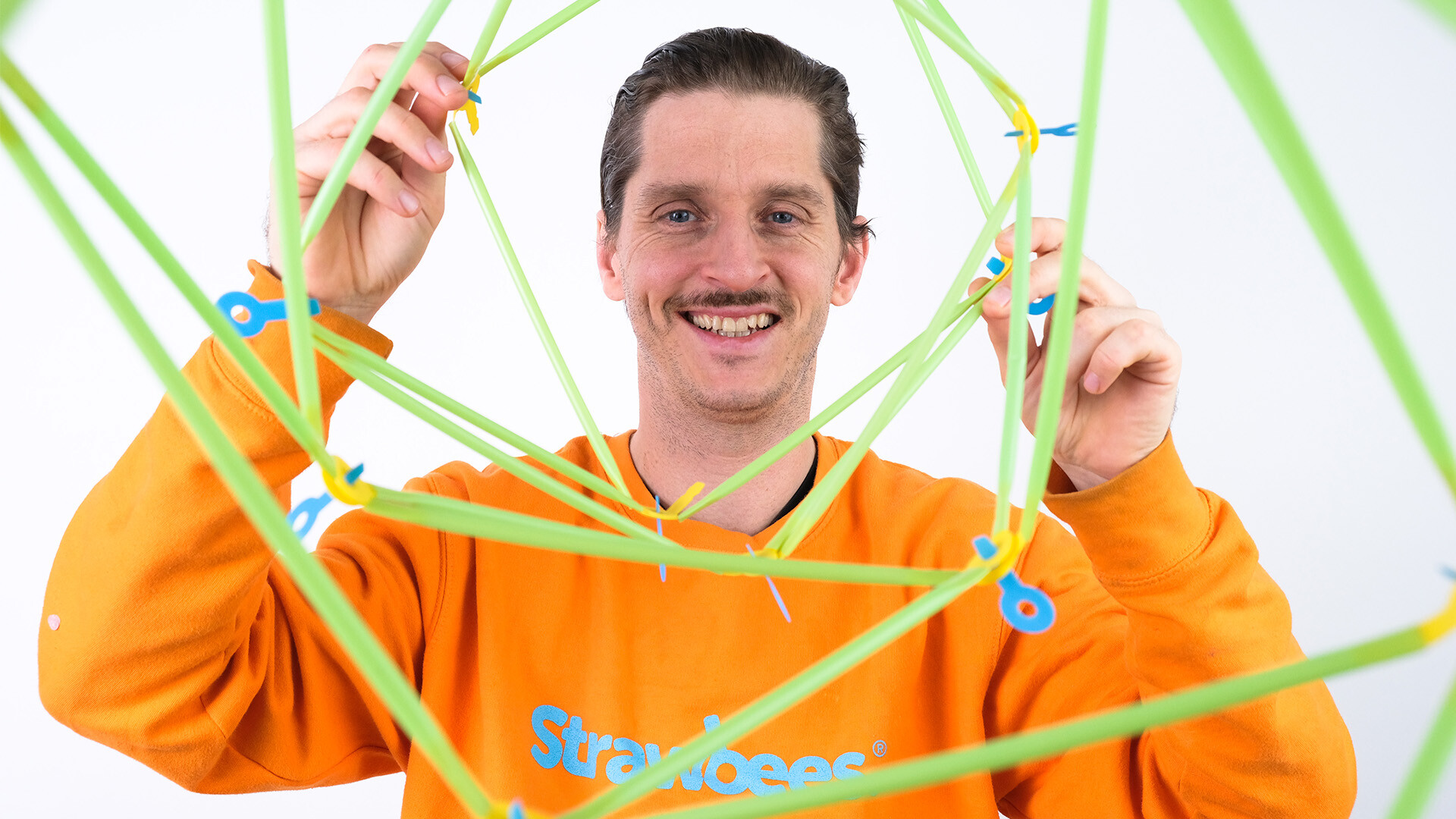Understanding Attainment Gaps in STEM Subjects: A Comprehensive Analysis

In the realm of education, Science, Technology, Engineering, and Mathematics (STEM) subjects play a pivotal role in shaping the future of the next generation within industries we know will offer a fruitful and rewarding career. These subjects are also drivers for innovation, something that can be easily brushed aside the older we get and the further we go within the educational system.
So why isn’t a STEM education a prerequisite for all?
Even if it was, what are the underlying problems to achieving this all-encompassing and highly beneficial learning?
There exists a persistent challenge within STEM subjects among students in the UK - an attainment gap. Let’s explore why this is and the underlying causes, impact, and potential solutions for addressing these gaps.
What Are Attainment Gaps in STEM?
Attainment gaps refer to the differences in academic achievement between various groups of students. In the context of STEM subjects, these gaps manifest as differences in performance and outcomes based on socioeconomic status, ethnicity, gender, and geographic location. Recognising the causes of these gaps is important to stand a better chance of preventing them in the future.
Causes of Attainment Gaps in STEM
Socioeconomic Factors
Economic disparities significantly impact access to quality education resources, tutoring, and extracurricular activities. According to the Education Policy Institute (EPI), in 2021/22, students from disadvantaged backgrounds experienced “greater learning losses than their non-disadvantaged peers” on average.
Although there are measures to balance this discrepancy, reports like those from the EPI highlight how disparities in wealth and background can place an imbalance in educational opportunities.
Educational Inequality
As the Social Mobility Commission’s State of the Nation 2021 report noted, schools in economically disadvantaged areas are more likely to have insufficient teacher training, outdated facilities, and limited access to technology. This unequal distribution of educational resources and inequality contributes to a significant disparity in STEM attainment between schools in affluent and deprived areas.
Sociocultural Influences
Stereotypes and cultural biases can influence students' self-perception, affecting their confidence and interest in pursuing a variety of subjects, even those they are passionate about.
A study published in the Journal of Research in Science Teaching found that students from underrepresented backgrounds were more likely to report lower confidence levels in STEM subjects due to aforementioned societal stereotypes and biases.
Gender Disparities
Girls are often underrepresented in STEM fields due to societal stereotypes and lack of encouragement, leading to lower attainment in these subjects, with data from the UK's Higher Education Statistics Agency (HESA) demonstrating that in 2019/20, women accounted for 41% of STEM undergraduate degrees, with this percentage as low as 18% in certain subjects of study.
Impact of Attainment Gaps in STEM
Workforce Diversity
Attainment gaps perpetuate a need for more diversity in STEM careers, limiting innovation and solutions in various industries. As mentioned previously, these are industries that we know and understand to need more talent and a steady stream of new workers entering the space.
A report by the All-Party Parliamentary Groups (APPGs) on Diversity and Inclusion in STEM (2019) found that Black, Asian, and Minority Ethnic (BAME) individuals make up only 12% of the STEM workforce, while women accounted for 27% (compared to 52% of the wider workforce), showcasing a lack of diversity. Diversity can offer long-term advantages that a less diverse workforce can’t, such as increased productivity, reduced employer turnover and improved decision-making.
Economic Implications
Research by the Confederation of British Industry (CBI) highlights that if the UK can bridge the STEM skills gap, it could potentially generate an additional £24 billion annually for the UK economy in the next few years. Limited participation from marginalised groups in STEM fields signifies a missed economic opportunity for innovation and hinders economic growth.
Social Mobility
According to a report by the Social Mobility Commission's State of the Nation report (2021), students from disadvantaged backgrounds are significantly less likely to pursue STEM careers due to attainment gaps. This lack of representation restricts social mobility, perpetuating existing inequalities and limiting opportunities for advancement for these individuals.
Addressing Attainment Gaps: Potential Solutions
Introducing STEM Early
According to Journal of Physics: Conference Series Paper - The effectiveness of STEM approach on students’ critical thinking ability in the topic of fluid statics (2021), learners who are exposed to STEM education in their early years (ages 3-6) demonstrate a significant increase in critical thinking skills. The research found that early exposure to STEM concepts through age-appropriate activities and play-based learning resulted in a 20% improvement in critical thinking skills compared to students without such early exposure. This emphasises the importance of introducing STEM education at an early age to lay a strong foundation for cognitive development and problem-solving abilities.
How Strawbees Can Help with Early Exposure to STEM Subjects
Strawbees kits provide students with a complete solution for hands-on design, engineering, and programming, covering all aspects of STEM learning. They're comprised of various reusable and recyclable straws and connectors that can easily snap together, allowing kids (from a very early age) to build structures and mechanical contraptions. For slightly older learners, the more advanced kits incorporate robotic mechanisms, bringing elements of coding and programming into play. The entire Strawbees ecosystem is open-ended and play-based, so it is ideal for kids of all ages to explore inventing. As learners grow, they can take their familiarity with Strawbees with them and develop further STEM skills and abilities.
Teacher Training and Support
According to research published in the International Journal of STEM Education in 2023, sources highlighted that educators who participated in continuous professional development programs yielded better learner achievements than teachers without such training.
Investing in continuous professional development for educators can enhance their ability to create inclusive and engaging STEM classrooms.
How Strawbees Can Help with Teacher Training and Support
We don’t expect, nor do you need to be an expert in any STEM-based learning to maximise the effectiveness of Strawbees. Every kit and accompanying online resource (via the Strawbees Classroom portal) is designed for teachers and learners of all abilities. The customisation works for both the teacher and the learner with every course, including:
-
- Lesson plans that are aligned to the National Curriculum and Curriculum for Excellence
- Step-by-step instructions and visuals
- Tips and prep notes for teachers
- Customisation
- Fun challenges
- Educational resources
For those starting from scratch, we’ve developed an entire library of resources from Getting Started with STEM and Teacher Training for STEM to UK Curricula Alignment and a Strawbees Classroom Walkthrough.*
*Note: Please login or signup for Strawbees Classroom to view these resources
Promoting Diversity and Inclusion
The House of Commons Committee report - Diversity and Inclusion in STEM, published in 2023, introduced the notion that “Everybody benefits when STEM education, research and employment settings are welcoming, diverse, and inclusive—just as is the case for wider society.” This showcases its importance within the UK, as 8.5% of the total workforce are positioned within a STEM role.
How Strawbees Can Help with Promoting Diversity and Inclusion
Just as Strawbees is the glue that binds different materials and technologies, it can also open the doors to STEM learning for all learners, merging the physical with the digital, assisting all learners, regardless of their background and abilities, to their potential - connecting in more ways than one.
The Sustainable Development Goals (SDGs) blueprint is based on global needs to create a more sustainable world by 2030. To fulfil this, our young people must use problem-solving, critical thinking and creative thinking skills to create a more sustainable society.
Tying learning objectives to the UN’s 17 Sustainable Development Goals (SDGs) and the PISA Global Competencies allows us to produce lesson plans that tailor hands-on learning to individual market needs and (for the UK market) match closely with the National Curriculum and Curriculum for Excellence.
We take into consideration affordability for all when designing each Strawbees kit. From the starter pack to the school classroom box that up to 30 learners can use at a time to providing the Strawbees Classroom online resource hub free for all teachers and learners.
Most importantly, we support initiatives that focus on the diversity of students within STEM learning, such as getting girls into coding as well as being suitable for those with special educational needs or disabilities (SEND) or additional support needs (ASN).
Partnerships and Outreach Initiatives
According to the University School Trust, their unique relationship with leading University Trust Partners has helped to fulfil the aim of increasing the number of students taking STEM-based degrees by accessing university internships, student learning mentors, subject-specific masterclasses and summer schools to gain a deeper insight into their chosen degree subjects.
How Strawbees Can Help with Partnerships and Outreach Initiatives
As previously mentioned, we support initiatives focusing on diversity and inclusion within STEM. We also partner with organisations that complement and integrate with Strawbees, such as micro:bit, Birdbrain, Samlabs, Joblabs (MakeyMakey), Robotical, Arkki, Hello World, Neste, Chalmers Industriteknik, UNIC, KOD CENTRUM and SATURDAY KIDS.
Conclusion
Closing attainment gaps in STEM subjects is crucial for creating a more equitable and innovative society. Addressing these gaps requires a multifaceted approach, including equitable resource distribution, fostering inclusive environments, and promoting diversity in STEM fields. Implementing targeted interventions and promoting systemic changes can pave the way for a more inclusive and diverse future in STEM education and careers in the UK.
In summary, understanding the complexities of attainment gaps in STEM subjects is the first step towards implementing effective strategies that ensure equal opportunities and access to quality education for all students.
References
https://strawbees.com/our-partners
https://classroom.strawbees.com/page/sdgs
https://strawbees.com/social-impact
https://strawbees.com/our-partners
https://www.hesa.ac.uk/data-and-analysis/students/table-9
https://www.cbi.org.uk/articles/diversity-and-inclusion-changing-the-race-ratio
https://iopscience.iop.org/article/10.1088/1742-6596/1882/1/012150/pdf
https://stemeducationjournal.springeropen.com/articles/10.1186/s40594-023-00422-x
https://www.ust.london/case-studies/our-university-partnerships
You May Also Like
These Related Stories

Unveiling the Essentials: What Makes a STEM Resource 'Teacher-Ready'

Getting to know Strawbees



No Comments Yet
Let us know what you think